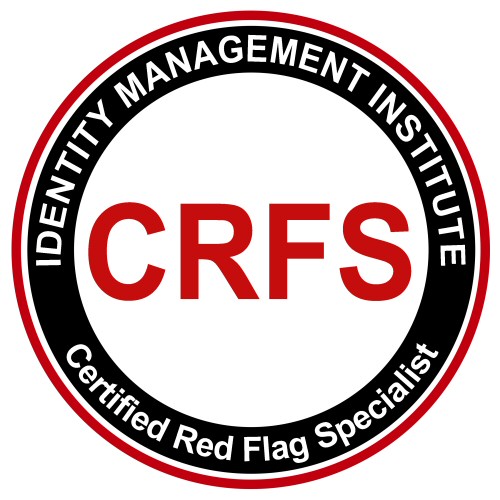Employee Red Flags Rule Training

Many companies are now required to provide employee Red Flags Rule training for compliance and risk management purposes. The Red Flags Rule is a US Federal regulation which requires financial institutions and creditors to implement an identity theft prevention program which detects and prevents identity theft. One of the major component of any effective program is employee training.
Companies which face a higher risk of identity theft must strongly consider an identity theft prevention or Red Flags Rule compliance program. Such companies include:
- Banks,
- Mortgage companies,
- Finance and investment firms,
- Insurance companies,
- Healthcare providers,
- Automobile dealers,
- Utility companies, and
- Telecommunications companies.
For the purposes of this article, we have divided the employee Red Flags Rule training into two target areas. The first target area is training for professionals who are charged with designing and implementing the Red Flags Rule program within organizations. The Red Flags Rule has specific requirements regarding identity theft prevention program management and oversight. As such, management members, consultants and Board members can greatly benefit from the Certified Red Flag Specialist (CRFS) training and certification program.
CRFS is a registered training program which teaches candidates about the regulatory requirements of the Red Flags Rule as well as the techniques for designing an effective identity theft prevention program including scoping, risk assessments, policies and procedures, identity theft red flag identification, fraud detection, risk mitigation, training other employees, and, program management.
The second target area is training employees who are tasked or can assist with monitoring, detecting and mitigating identity theft red flags in their job functions within business operations and the online banking environment. Employee Red Flags Rule training will teach employees about the regulation, company policies and procedures, and techniques to help prevent identity theft.
Employee Red Flags Rule Training Goals
Identity theft prevention training can be designed to achieve many objectives including:
a) teach front line and consumer facing employees to follow policies and procedures and immediately detect signs of identity theft before a transaction is completed,
b) train compliance, security, audit and fraud unit employees to help design, develop and manage the identity theft prevention program as well as monitor and detect identity theft red flags within accounts and the industry,
c) educate company management and Board members about the evolving and costly risk of identity theft,
d) comply with regulations, and
e) train information technology staff to properly design and/or configure computer programs to monitor customer transactions and identify abnormal trends or suspicious transactions which can be used to detect and prevent identity fraud through timely alert systems, red flag reporting procedures, and proper follow-up.
As mentioned, identity theft red flag training can be specific and targeted toward professionals who are responsible for designing and managing their organizations' identity theft prevention program or other employees who need training to comply with the company’s identity theft prevention policies and procedures.
Identity Management Institute (IMI) is the leading international organization in identity theft risk management training and certification including identity theft red flag detection , fraud prevention, and Red Flags Rule compliance.






